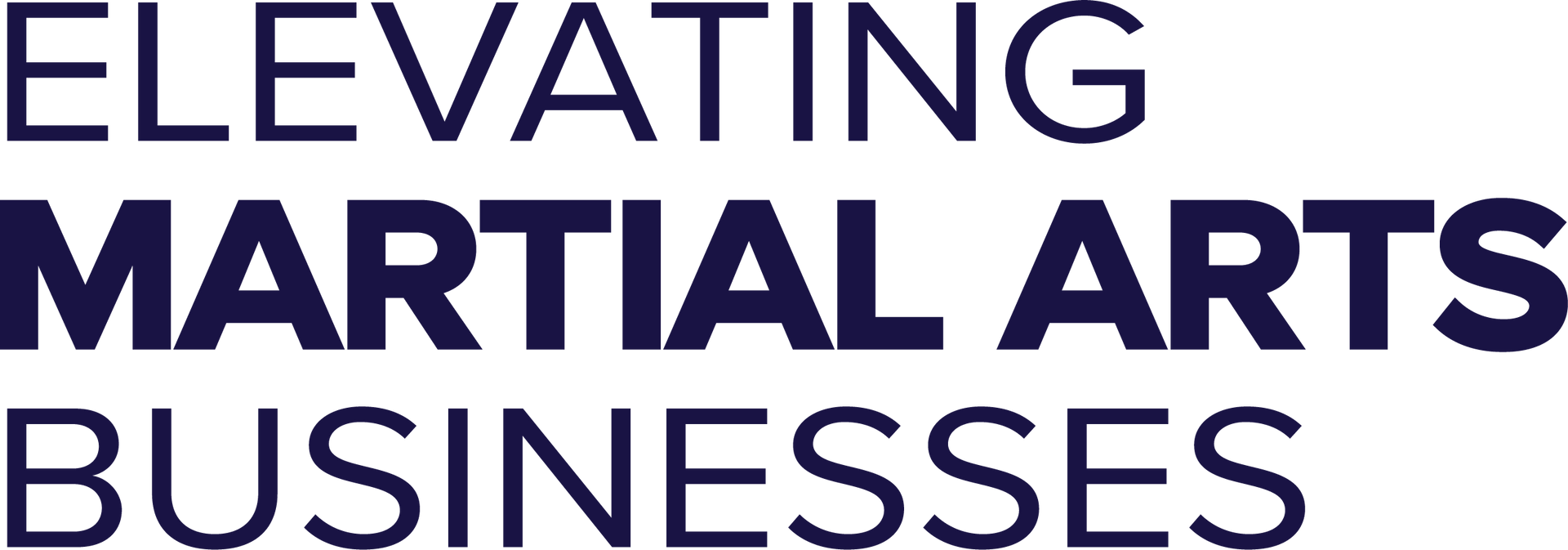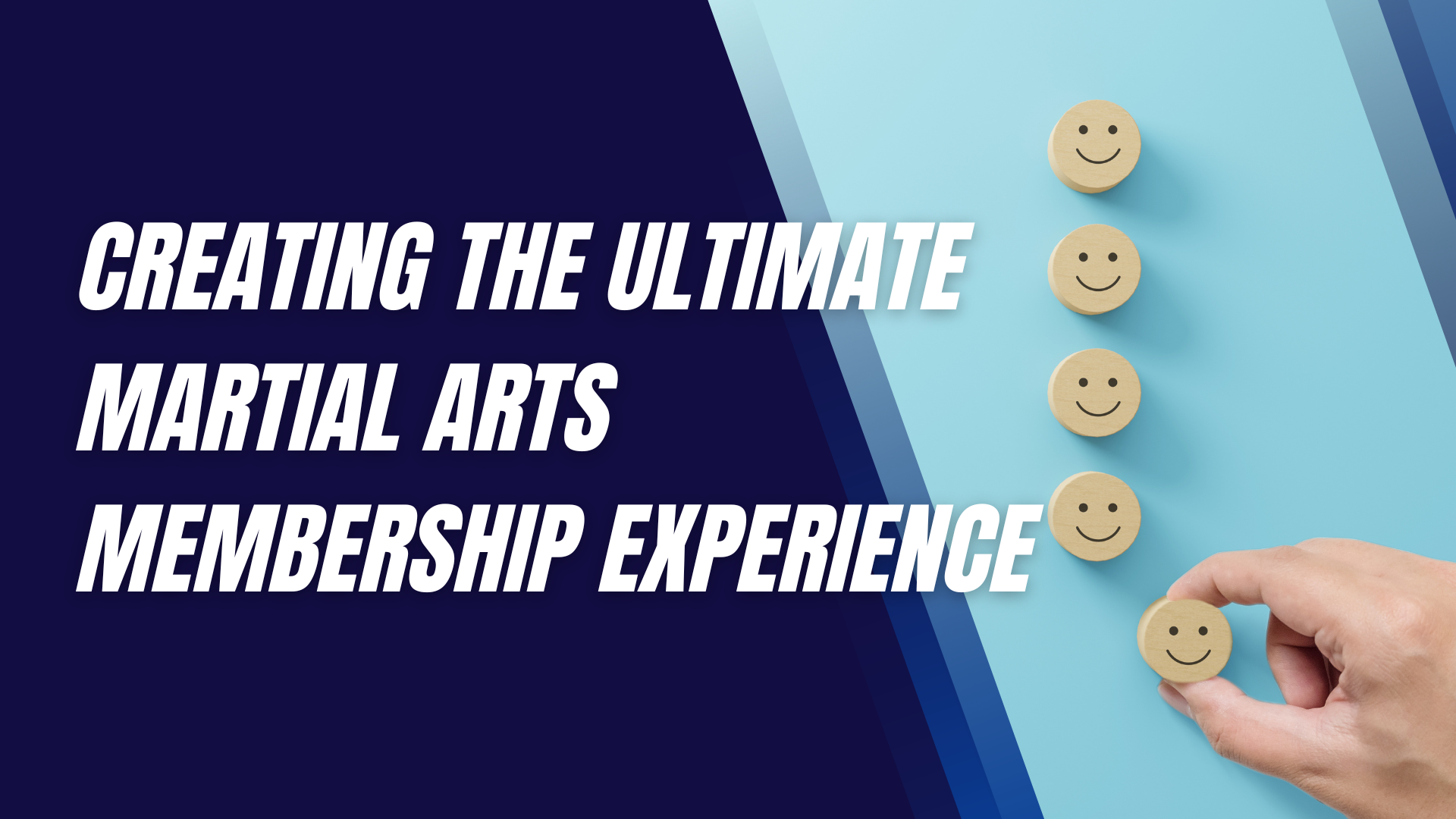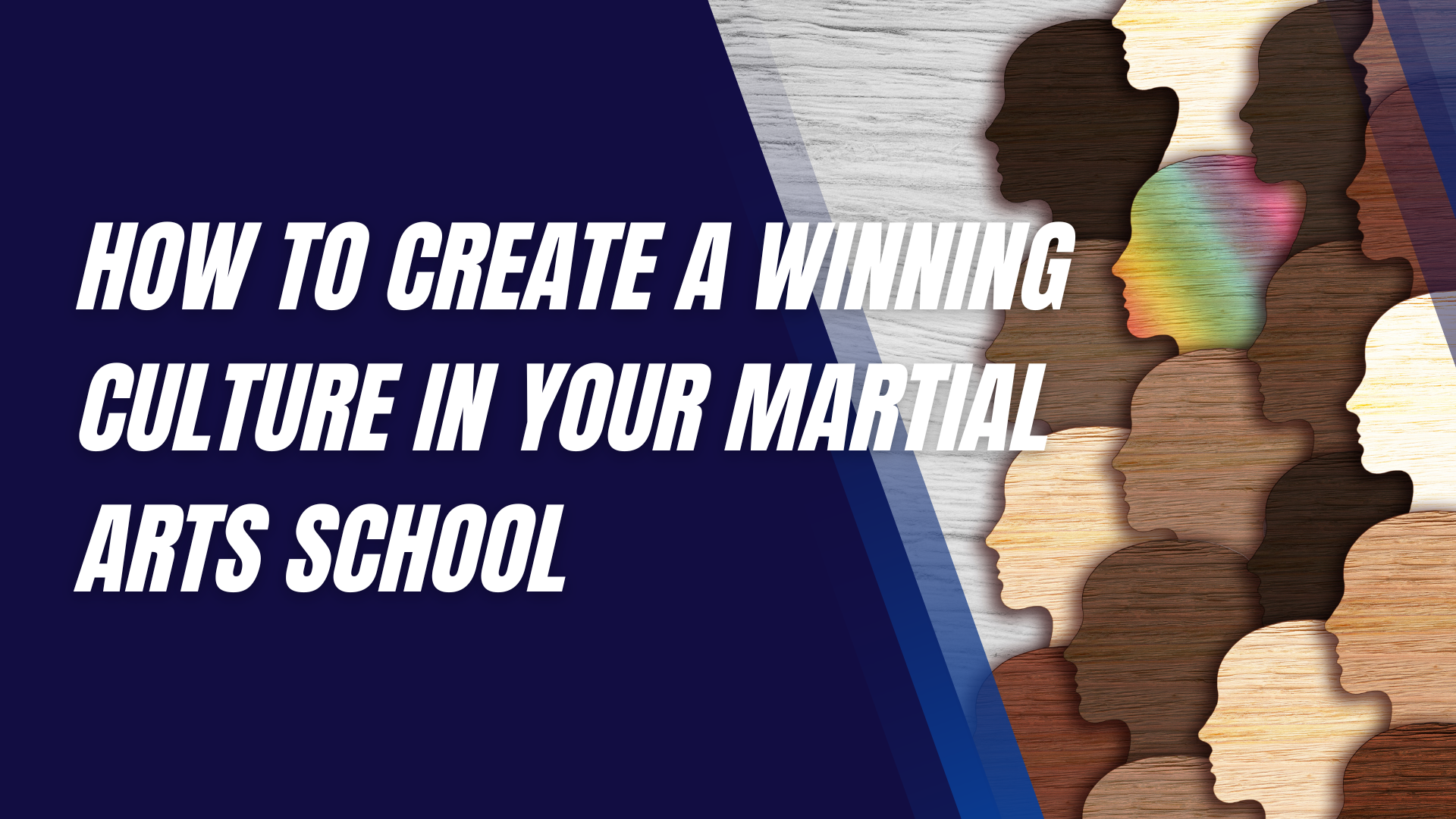Effective Onboarding Process for New Martial Arts Students
The process of onboarding new martial arts students is critical for ensuring that beginners feel welcome, supported, and ready to embark on their martial arts journey.
A smooth onboarding process not only boosts student retention but also fosters long-term engagement, allowing students to fully immerse themselves in the discipline. This comprehensive guide will outline the key elements of an effective onboarding process in martial arts, offering actionable strategies for schools and instructors.
Introduction to Onboarding in Martial Arts
Onboarding refers to the structured process of integrating new students into a martial arts school. It involves providing them with the necessary knowledge, guidance, and support to succeed both in and outside the dojo. A well-designed onboarding process is essential because it shapes the student’s first impressions, helping them feel confident and prepared.
In martial arts, onboarding takes on added importance due to the physical nature of the training. New students often come with varying levels of fitness, confidence, and understanding of martial arts etiquette, making it crucial to offer them an introduction that is both welcoming and informative.
Setting the Right Expectations from the Start
Before a student steps onto the mat, it’s important to communicate what they can expect from the martial arts experience. Schools should set clear expectations regarding class schedules, training intensity, and the progression path. New students should be made aware of what is expected of them in terms of commitment, effort, and respect for the dojo environment.
Providing Clear Communication
Open communication about class objectives, dojo rules, and progression pathways helps students feel informed. From the first interaction, it’s important to make sure that students know what their training will involve and how they can advance through the ranks. Additionally, having a well-organized welcome packet with detailed information about the school’s philosophy and structure can set the tone for future success.
Setting Personal and Class Goals
At the outset, it’s beneficial to discuss the personal goals of each student. Whether they are interested in self-defense, fitness, or competition, aligning their objectives with the school's teaching philosophy helps to manage expectations and offers a sense of purpose.
Importance of Transparency
Transparency regarding the financial commitment, expected timeline for belt promotions, and the overall curriculum will help avoid any misunderstandings later. Clear communication ensures that new students feel confident and focused on their training.
Creating a Welcoming Environment
A warm and welcoming atmosphere is key to ensuring that new students feel comfortable and accepted in their new martial arts community. Instructors should foster an environment where everyone is treated with respect and encouragement.
Warm Introductions
New students should be introduced not only to their instructor but also to their fellow students. This helps them feel part of the community from day one. In some schools, assigning a senior student to mentor a newcomer can also help create a strong sense of belonging.
The Role of Instructors and Senior Students
Senior students play an important role in welcoming newcomers. By assisting in the first few classes or offering guidance, they help make new students feel at ease. Instructors should model behavior that encourages inclusivity and team spirit.
Administrative Onboarding: Registration and Paperwork
Administrative tasks, while not the most exciting part of the onboarding process, are essential for ensuring a smooth experience.
Handling Registration and Consent Forms
New students should complete all registration forms prior to their first class, including liability waivers and consent forms. This protects both the school and the student, ensuring that everyone understands their rights and responsibilities. Instructors should clearly explain any legal or safety considerations.
Insurance and Liability Waivers
In many countries, martial arts schools require students to sign insurance and liability waivers. These documents protect the school in the case of injury and outline the risks involved in martial arts training.
Introducing School Rules and Etiquette
Martial arts are built on principles of respect, discipline, and hierarchy. As such, it is important to introduce new students to the rules and etiquette of the dojo early on.
Overview of Dojo or Gym Rules
New students must be aware of the dojo’s rules, which could include expectations around punctuality, behavior, and equipment usage. Rules should be communicated in a clear and respectful manner.
Importance of Respect and Discipline
Respect for instructors, fellow students, and the dojo is at the heart of martial arts. New students should be taught how to bow, address instructors, and conduct themselves in a manner that honors the traditions of the martial art they are learning.
Uniform Requirements
If the martial arts discipline requires a specific uniform (such as a gi in karate or jiu-jitsu), students should be informed about the correct attire from day one. This includes guidelines on how to wear the uniform and the significance behind it.
Structuring the First Class for New Students
The first class can often be intimidating for beginners. A well-structured session that introduces the basics without overwhelming new students is essential.
Ensuring a Friendly Introduction to Martial Arts Basics
Instructors should structure the first class in a way that is accessible, focusing on basic movements, concepts, and the dojo’s culture. It’s important to avoid overwhelming the student with too much information or physically strenuous activity in the beginning.
Avoiding Overwhelm in the First Session
It is common for new students to feel overwhelmed by the complexity of martial arts techniques. To mitigate this, instructors should focus on a few core skills, leaving more advanced techniques for future classes. The goal is to build the student’s confidence while instilling a sense of accomplishment after their first session.
Teaching Basic Movements and Concepts
For a beginner, understanding fundamental movements and concepts is key to a positive onboarding experience.
Introduction to Fundamental Movements
Introducing new students to basic movements such as stances, blocks, and strikes helps build a foundation for their future martial arts training. It's important to keep the instructions simple and focus on mastering the basics before moving on to more advanced techniques.
Basic Self-Defense Concepts
Beyond movements, martial arts is about self-defense. Introducing the core concepts of personal safety, awareness, and defense strategies can immediately demonstrate the practical benefits of martial arts training.
Pairing New Students with Experienced Partners
One of the most effective onboarding strategies is to pair new students with more experienced partners.
Benefits of Mentoring
By pairing a novice with an experienced student, schools can foster a mentoring system where the newcomer feels supported. This also helps the new student learn faster and build confidence in their techniques.
How Peer Support Improves Learning
Having a partner who has been through the same learning process helps new students absorb lessons more effectively. Peer support also creates an environment where questions can be asked without fear of judgment.
Emphasizing Safety in Training
Safety is of utmost importance in martial arts, especially for beginners who may be unfamiliar with the physical demands of the discipline.
Injury Prevention Strategies
Instructors should teach new students about injury prevention from the start, including proper warm-up techniques and safe sparring practices. Clear guidelines on how to avoid injuries will make students feel safer and more confident.
Teaching Safe Sparring Techniques
For schools that incorporate sparring, introducing safe sparring techniques early on is essential. This includes teaching students how to control their strength and how to respect their partner’s limits.
Regular Check-ins and Feedback
Effective onboarding doesn’t end after the first class. Regular check-ins and feedback help new students stay on track and feel supported as they progress.
Monitoring Student Progress
Instructors should periodically check in with new students to monitor their progress and address any concerns. This can be done through brief one-on-one conversations after class or during designated feedback sessions.
Importance of Feedback Loops
Feedback loops help ensure that students are receiving the guidance they need to improve. Positive reinforcement, combined with constructive feedback, helps keep students motivated and focused on their goals.
Offering Flexible Training Plans
Flexibility in training options can significantly impact a student’s ability to commit to martial arts long-term.
Customizing Training Frequency Based on the Student’s Schedule
For new students with busy schedules, offering flexible class timings or individualized training plans can help them stay committed. This can include weekend classes, early morning sessions, or personalized training plans that fit their needs.
Offering Trial Classes or Packages
Offering a trial class or an introductory training package at a discounted rate allows new students to experience martial arts before committing to a long-term program. This can lower the entry barrier for those hesitant to make a financial commitment upfront.
Building a Sense of Community
A martial arts school should not only be a place for training but also a place where students feel a sense of belonging.
Organizing Social Events
Schools can organize social events outside of regular classes, such as potlucks, movie nights, or team-building activities. These events help foster friendships and create a supportive community.
Encouraging Student Participation in Martial Arts Events
Encouraging students to participate in local tournaments, seminars, or demonstrations helps build a sense of pride and ownership in their martial arts journey. These events also expose students to the wider martial arts community.
Tracking Progress and Celebrating Milestones
Tracking and celebrating progress helps new students stay motivated and feel accomplished as they advance in their training.
Importance of Progress Tracking
Tracking progress can involve regular skill assessments, belt tests, or even informal recognition during class. This gives students a tangible sense of achievement and helps them understand where they need to improve.
Celebrating Belt Promotions and Skill Advancements
Promoting students to the next belt or recognizing their improvement with certificates or other awards can be incredibly motivating. Celebrating milestones reinforces their commitment to martial arts and acknowledges their hard work.
Ongoing Support and Continuous Learning
Even after the initial onboarding phase, martial arts schools should continue to support students through their journey.
Providing Learning Resources Outside of Class
Offering learning resources such as online tutorials, reading materials, or video breakdowns of techniques can help students practice outside of class and deepen their understanding of martial arts.
Offering Workshops or Seminars for Specific Techniques
Specialized workshops or seminars on topics such as advanced sparring techniques or weapons training can provide opportunities for students to expand their skills and knowledge.
FAQs
1. How long does the onboarding process typically take in martial arts? The onboarding process in martial arts can vary depending on the school, but it generally lasts for the first few weeks to the first month. This period includes learning the basics, understanding dojo etiquette, and integrating into the class culture.
2. What should I expect during my first martial arts class? During your first class, expect to learn basic techniques, meet fellow students, and get a feel for the school’s culture. The instructor will likely focus on fundamentals like stances, strikes, and dojo etiquette to ensure you're comfortable.
3. Is martial arts onboarding only for beginners? While onboarding is crucial for beginners, experienced martial artists joining a new school may also go through a shorter onboarding process to familiarize themselves with the specific rules, traditions, and expectations of the new environment.
4. How important is mentoring during the onboarding process? Mentoring plays a significant role in onboarding by providing new students with guidance and support from more experienced practitioners. This one-on-one attention helps improve technique and fosters a welcoming atmosphere.
5. How can I track my progress in martial arts as a new student? Many schools use belt systems or other forms of skill tracking to monitor progress. In addition, regular feedback from instructors and self-assessment through practice will help you track your development.
6. What happens if I miss a class during my onboarding period? Most martial arts schools offer flexibility for new students. If you miss a class, communicate with your instructor, who can help you catch up or suggest make-up classes to ensure you don’t fall behind.
Final Thoughts
An effective onboarding process creates a strong foundation for a student’s martial arts journey. It ensures that new students feel welcome, supported, and confident in their abilities, which in turn increases retention and long-term engagement. Schools that invest in a comprehensive and thoughtful onboarding process not only help new students succeed but also create lifelong martial artists who contribute to the community and uphold the values of the discipline.
Interested in trying a martial arts class? Find an affiliated academy anywhere in the country by clicking here.
Have your own martial arts program? Get to know more about what we have to offer at Ground Standard Agency for helping martial arts businesses grow.
Email us at info@groundstandard.com, or call and text us at (732) 907-8920 today to learn how to start growing your own academy, school, dojo, or gym with us as well.
Share this article












